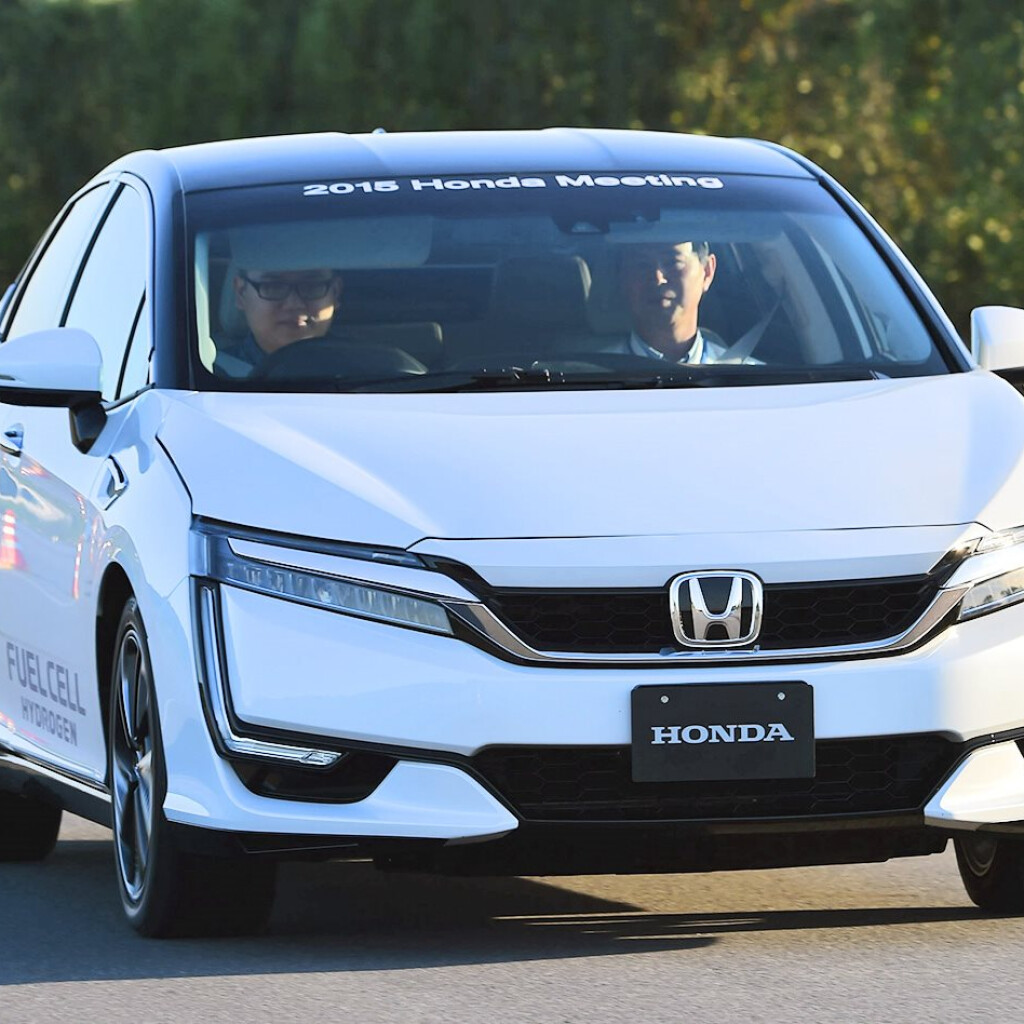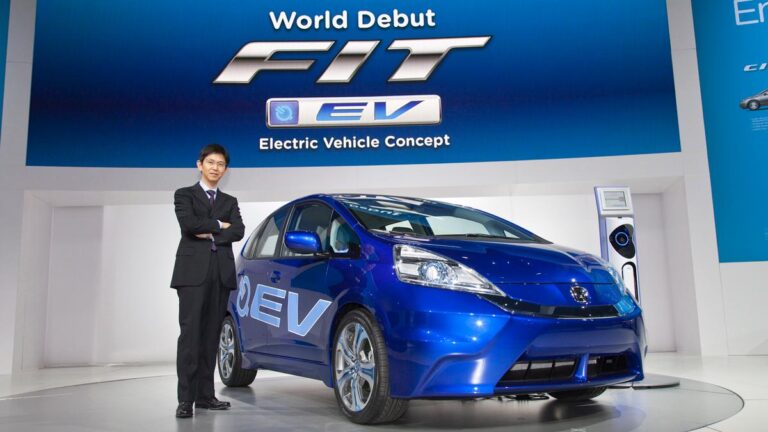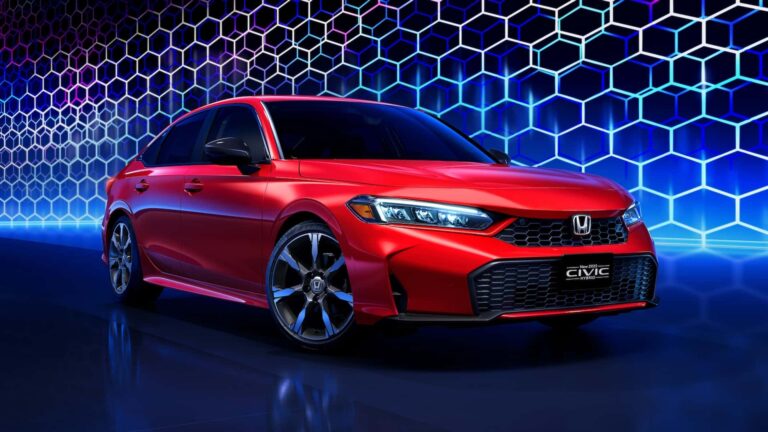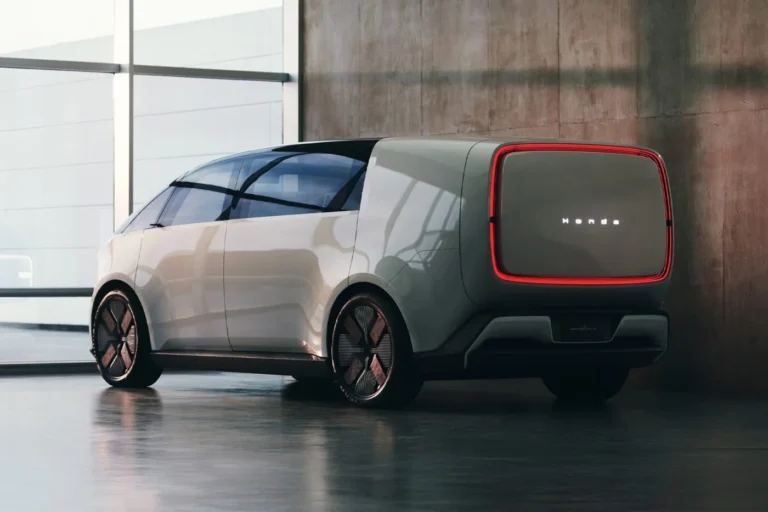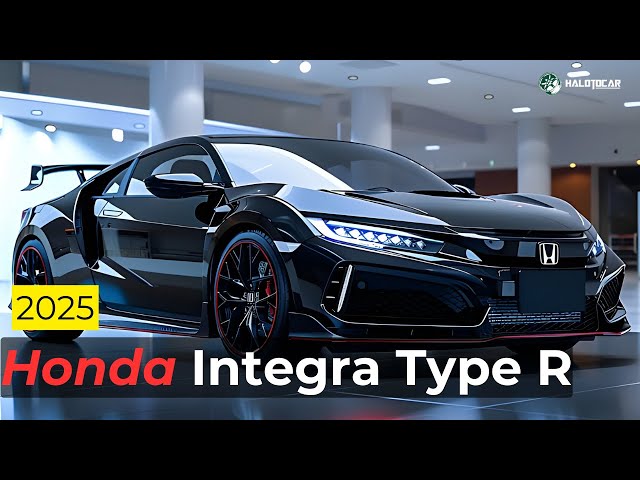New 2025 Honda Clarity Fuel Cell: A Glimpse into the Future of Hydrogen-Powered Vehicles
The automotive industry is on the cusp of a significant transformation, driven by the increasing adoption of alternative fuel technologies. Among these, fuel cell vehicles (FCVs) stand out as a promising solution for sustainable and efficient transportation. The New 2025 Honda Clarity Fuel Cell is a testament to this, showcasing the latest advancements in FCV technology and offering a glimpse into the future of hydrogen-powered vehicles.
This cutting-edge vehicle combines exceptional performance and efficiency with a sleek and sophisticated design. Its advanced features and commitment to environmental sustainability make it an ideal choice for eco-conscious drivers seeking a vehicle that seamlessly blends innovation with practicality.
Table of Contents
Hydrogen Fueling Infrastructure
The hydrogen fueling infrastructure is crucial for the widespread adoption of fuel cell vehicles. Currently, the availability of hydrogen fueling stations is limited, with most stations concentrated in major urban areas. This limited availability presents a challenge for drivers who want to use fuel cell vehicles for long-distance travel.
Expanding the Hydrogen Fueling Infrastructure
Expanding the hydrogen fueling infrastructure requires a concerted effort from governments, industry, and consumers. Governments can provide incentives for the construction of new hydrogen fueling stations and support research and development of hydrogen production and storage technologies. The industry can invest in the development of more efficient and cost-effective hydrogen fueling systems. Consumers can support the expansion of the hydrogen fueling infrastructure by choosing to purchase fuel cell vehicles.
By working together, governments, industry, and consumers can create a robust hydrogen fueling infrastructure that will support the adoption of fuel cell vehicles and help to reduce emissions.
Environmental Impact

Fuel cell vehicles (FCVs) offer a promising solution to reducing greenhouse gas emissions and improving air quality. Unlike conventional gasoline-powered vehicles that emit harmful pollutants such as carbon dioxide, nitrogen oxides, and particulate matter, FCVs produce only water vapor as a byproduct of their operation.
Environmental Benefits of FCVs
FCVs contribute significantly to reducing greenhouse gas emissions, which are a major contributor to climate change. Hydrogen, the fuel used in FCVs, can be produced from various sources, including renewable energy such as solar and wind power. This means that FCVs can operate with zero tailpipe emissions, making them a truly sustainable transportation option.
In addition to reducing greenhouse gas emissions, FCVs also improve air quality. They do not emit harmful pollutants like nitrogen oxides and particulate matter, which are known to cause respiratory problems and other health issues. By eliminating these pollutants, FCVs contribute to cleaner air and a healthier environment for all.
Comparison to Other Alternative Fuel Technologies
Compared to other alternative fuel technologies, FCVs offer several advantages in terms of environmental impact. Battery electric vehicles (BEVs) also produce zero tailpipe emissions, but their environmental impact depends on the source of electricity used to charge the batteries. If the electricity is generated from fossil fuels, BEVs may still contribute to greenhouse gas emissions.
Hybrid electric vehicles (HEVs) combine a gasoline engine with an electric motor to improve fuel efficiency. While HEVs reduce emissions compared to conventional gasoline-powered vehicles, they still produce some tailpipe emissions.
FCVs, on the other hand, offer the potential for zero tailpipe emissions regardless of the source of hydrogen. This makes them a more environmentally friendly option than BEVs and HEVs, especially when hydrogen is produced from renewable energy sources.
Market Potential and Competition

Fuel cell vehicles (FCVs) are gaining traction as a sustainable alternative to conventional gasoline-powered cars. The 2025 Honda Clarity Fuel Cell is poised to make a significant impact in the FCV market. Here’s an analysis of its market potential and competition:
Consumer demand for FCVs is expected to grow as environmental concerns and government incentives drive the adoption of clean energy vehicles. The Clarity Fuel Cell’s zero-emission operation and long driving range address key consumer concerns about EVs.
Key Competitors
The Clarity Fuel Cell faces competition from other automakers, including:
- Toyota Mirai: A well-established FCV with a long driving range and advanced safety features.
- Hyundai Nexo: A newer FCV with a spacious interior and impressive fuel efficiency.
- Kia Niro Fuel Cell: A compact FCV that offers practicality and a stylish design.
These competitors offer comparable features and capabilities, making the Clarity Fuel Cell’s competitive edge lie in its advanced hydrogen storage system, which allows for a longer driving range.
FAQ Summary
What are the key features of the New 2025 Honda Clarity Fuel Cell?
The Clarity Fuel Cell boasts an impressive power output, torque, and acceleration, rivaling conventional gasoline-powered vehicles. It also offers exceptional fuel efficiency and an extended driving range, making it a practical choice for everyday use. Additionally, the vehicle features a spacious and well-equipped interior, advanced safety features, and a user-friendly infotainment system.
How does the hydrogen fueling infrastructure impact the adoption of FCVs?
The availability of hydrogen fueling stations is crucial for the widespread adoption of FCVs. While the infrastructure is still in its early stages of development, significant investments are being made to expand its reach. Governments and private companies are collaborating to establish a network of hydrogen fueling stations, making it more convenient for FCV owners to refuel their vehicles.
What are the environmental benefits of fuel cell vehicles?
FCVs produce zero tailpipe emissions, making them a highly environmentally friendly option. They use hydrogen as fuel, which reacts with oxygen in the air to produce electricity, with water vapor as the only byproduct. By eliminating the emission of greenhouse gases and air pollutants, FCVs contribute to improving air quality and mitigating climate change.
